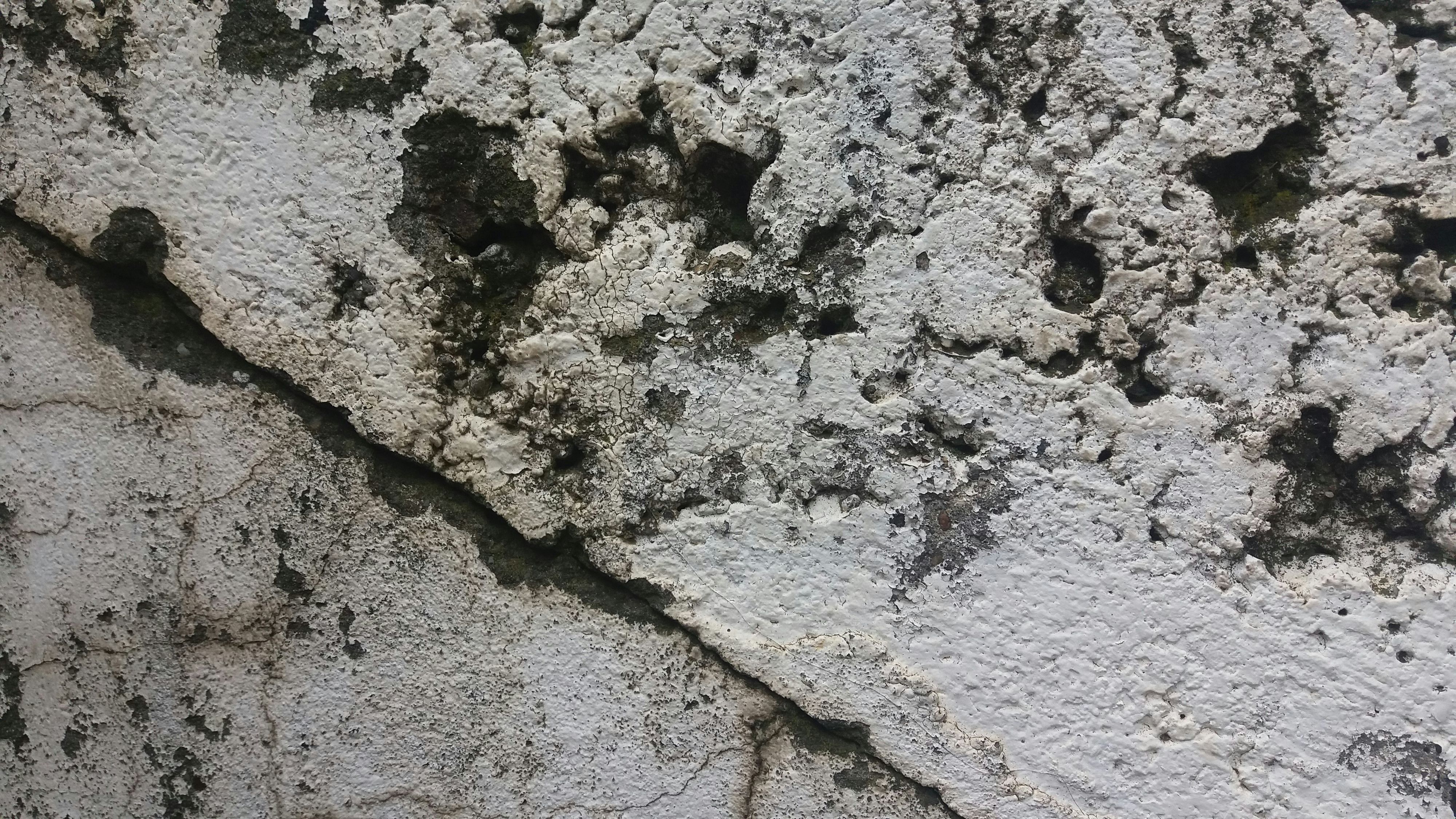Mold exposure can cause a variety of health issues, ranging from mild allergic reactions to serious neurological symptoms and respiratory problems.

3 Warning Signs of Mold Toxicity in Your Home
Mold exposure can cause a variety of health issues, ranging from mild allergic reactions to serious neurological symptoms and respiratory problems. Mold spores release mycotoxins into the air, which can trigger an inflammatory response in the immune system, leading to a wide range of health concerns. If you suspect mold growth in your home, it's crucial to recognize the signs early and seek mold remediation to protect your indoor air quality and promote overall human health.
1. Unexplained Health Problems and Allergic Reactions
One of the most common signs of mold toxicity is persistent, unexplained health problems that don’t improve over time. Symptoms of mold exposure can indicate a weakened immune system, and include chronic fatigue, sinus issues, sneezing, shortness of breath, rashes, and abdominal pain. More severe symptoms of mycotoxin exposure can include health conditions such as:
Neurological effects like brain fog, memory issues, and difficulty concentrating
Respiratory symptoms such as wheezing, coughing, and asthma flare-ups
Skin issues like rashes, hives, or irritation
Digestive discomfort, including abdominal pain and nausea
If you or your family members are experiencing common symptoms of mold allergies or mold toxins, it may be time for a mold inspection and mold testing to determine if indoor mold is causing a compromised immune system.
2. A Musty Odor or Visible Signs of Mold Growth
A moldy environment often has a musty, damp smell, even if mold spores aren’t immediately visible. Mold thrives in damp areas like basements, attics, crawl spaces, and behind drywall, where water damage can create the perfect conditions for mold growth. You may notice:
Black mold or greenish spots on walls, ceiling tiles, or flooring
Discoloration or staining on drywall, wood, or fabrics
Peeling paint or warping surfaces caused by excess moisture
If you detect a persistent musty odor in your home, mold testing can help identify hidden mold colonies before they become a more serious mold problem.
3. Water Damage and Persistent Moisture Issues
Mold spores need moisture to grow, making water damage a major warning sign of potential mold growth. If you’ve had recent leaks, flooding, or high humidity levels, you could be at risk for a mold infestation. Common moisture-related problems that contribute to mold include:
Leaking pipes or plumbing issues
Roof leaks causing ceiling discoloration
Damp basements or crawl spaces with standing water
Condensation buildup on windows, walls, or HVAC systems
Using a dehumidifier and addressing water damage quickly can help prevent mold problems, but if mold is already present, it’s important to seek mold remediation services to prevent further health effects and structural damage.
Protect Your Home and Health with Professional Mold Remediation
If you’re noticing signs of mold toxicity or mold exposure, don’t wait to take action. At Astrid Environmental Services, we provide comprehensive mold inspections, mold testing, and mold remediation services—including specialized attic mold removal—to help protect your home and your family’s health. We’re here to clean up various types of mold and help keep you safe with other services like duct cleaning and radon gas services.
Contact us today to schedule a mold inspection and take the first step toward a healthier living environment in Wytheville, Virginia, and surrounding areas of North Carolina and West Virginia.
